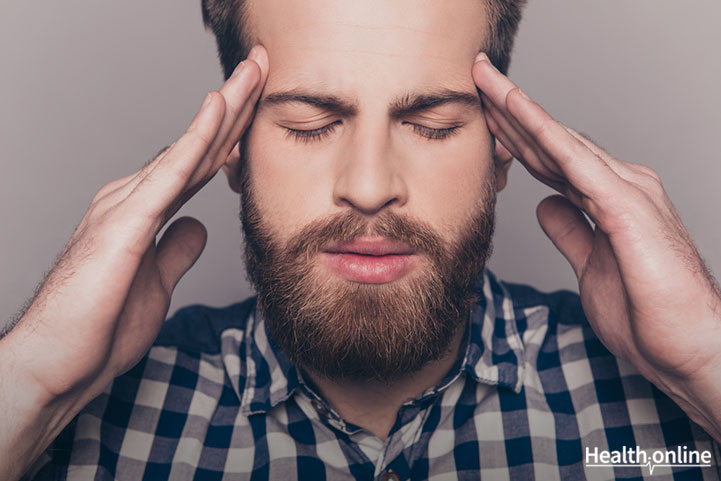
Overview of Cluster Headaches
Cluster headaches are defined as short (15-180 min), unilateral, intense headaches occurring around or above the eye or along the sides of the head behind the ears. These can occur up to 8 times a day. These headaches get their name from the fact that they occur or cluster around the same time of the day.
Like with most headaches, there is an episodic form and a chronic form. The episodic form will typically occur over a few days or a few weeks and then resolve on its own. Although rare, chronic cluster headaches have occurred and experience these headaches daily. The pain is so intense that it often wakes patients that experience them at night from their sleep.
Defining characteristics
Patients with these headaches experience 5 headaches with the following conditions on the same side of the head as the pain: redness or tearing up of the eye on the same side, nasal congestion, swollen eyelid, facial sweating and pupil constriction and/or eye drooping.
The pain is mostly experienced around the eye or along the sides of the head. However, it can also be experienced in the upper teeth. Jaw, forehead, or cheek for 50% of the time. It has also been reported to occur in the ears, lower jaw, neck and shoulders. Patients often experience restlessness and even nausea, photophobia and phonophobia or even a migraine-like aura .
Causes
A major trigger for these headaches during a cluster headache cycle is alcohol.
Treatment of Cluster Headaches
Oxygen
Inhaling 100% oxygen reduces cluster headache pain and may shorten the length of the cluster headache cycle. Although it is easy and virtually harmless, this treatment has not caught on due to the lack of ability to transport an appropriate level of oxygen.
Triptans
Triptans are used to treat migraines and cluster headaches. Examples include injectable and intranasal therapy, sumatriptan, and oral zolmitriptan. It is particularly effective when injected or taken intranasally. However, oral treatments are also highly effective.
The patient does not develop a tolerance to the drug and so it does not become less effective over time. Triptans do have some side effects such as unusual sensations like tingling, pressure, numbness or pressure. Dizziness and sedation may also occur with the injectable form. Triptans are contraindicated for patients with vascular diseases or renal or liver dysfunction. Only one triptan can be used at a time.
Dihydroergotamine (DHE)
DHE can be used to stop cluster headaches in the short term. It can be administered intravenously, subcutaneously or intramuscularly. It is often also taken with metoclopramide to prevent nausea. DHE is also contraindicated for vascular diseases, and liver or kidney dysfunction. DHE side effects include numbness, tingling, cramps, heart palpitations, pain, and tightness.
Verapamil
Verapamil, a therapy commonly used to treat hypertension can also be used to stop a cluster headache cycle and prevent the development of another one. Verapamil is also often used with corticosteroids initially since corticosteroids are effective faster.
Lithium
Lithium, while effective, is also slow acting and has several side effects. Gabapentin, baclofen, clonidine, eletriptan, and topiramate have all been shown to be effective.




